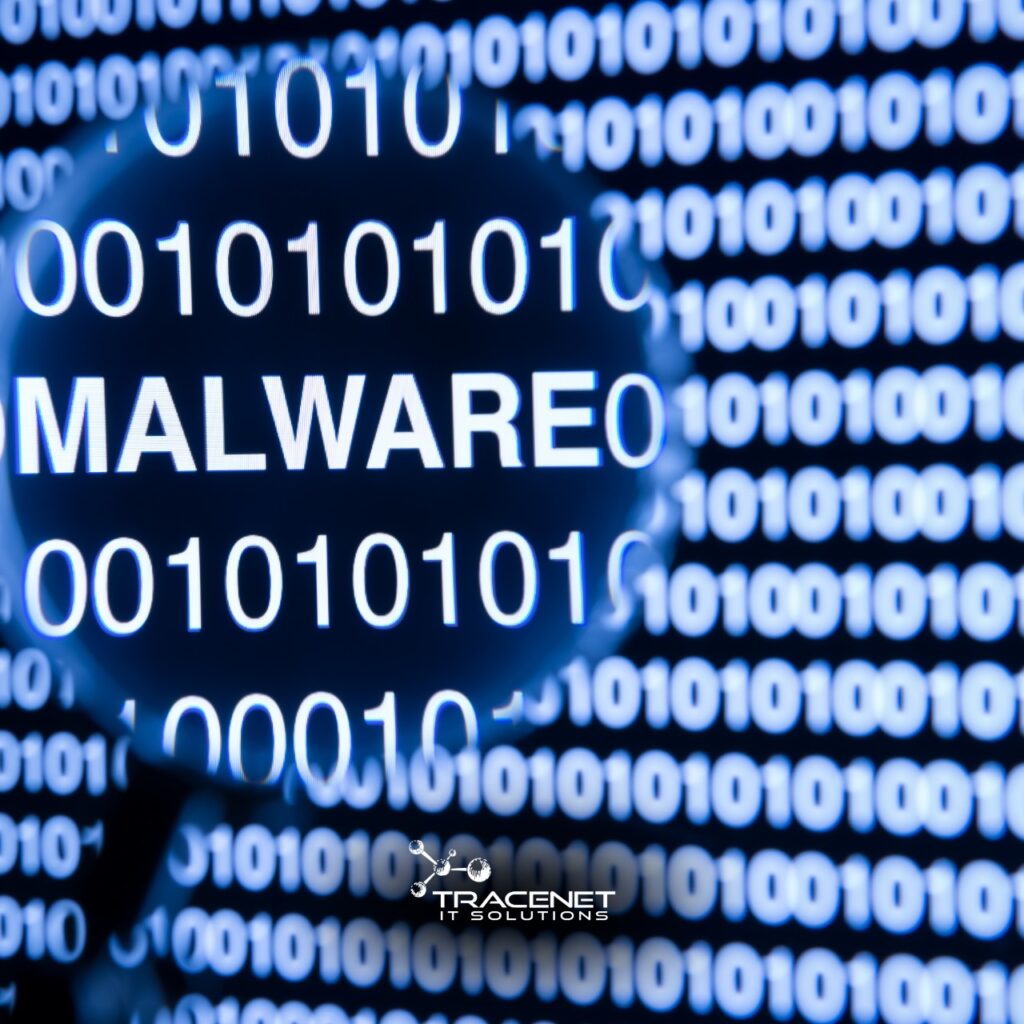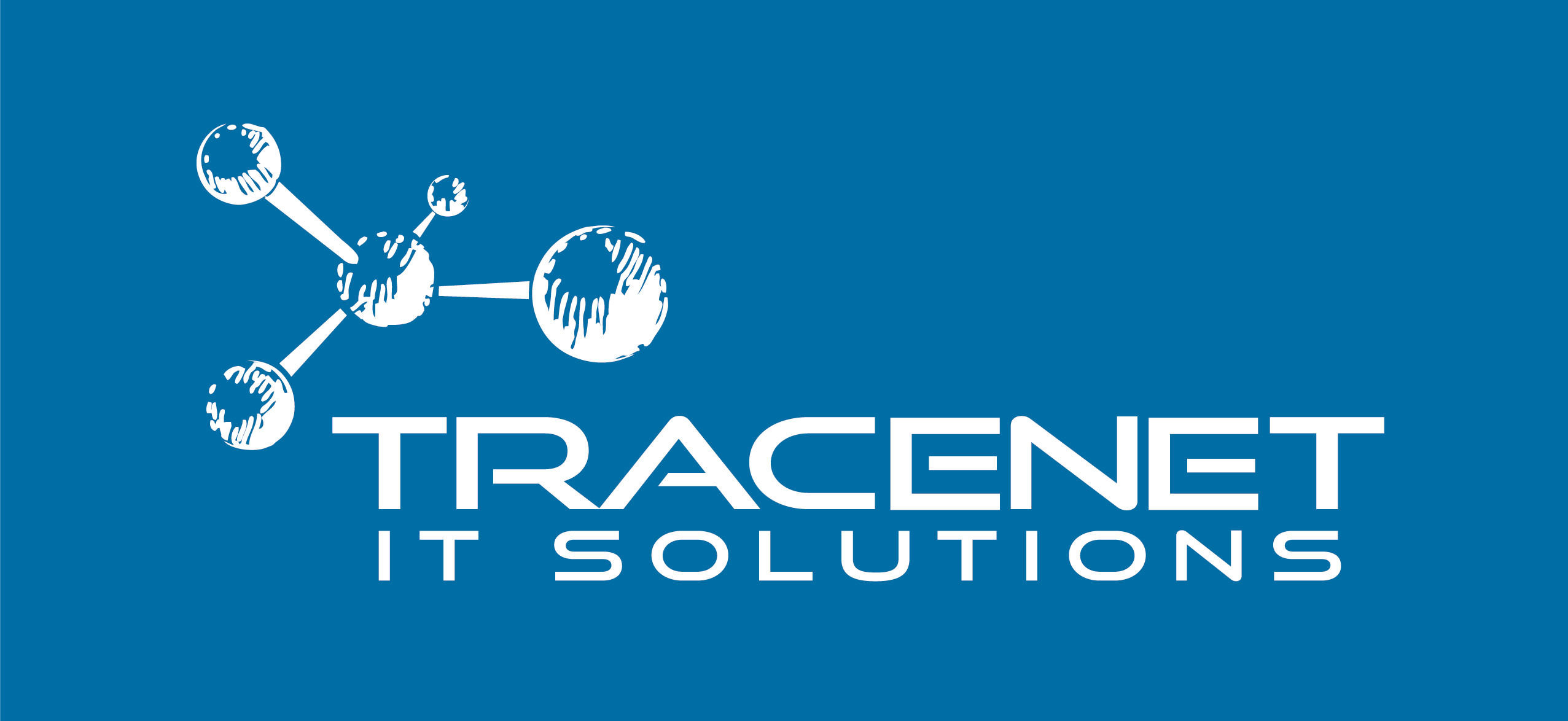Analyzing malware traffic is an essential step in combating cyber threats. With the exponential increase in digital threats, understanding how malware behaves on networks and devices allows companies and individuals to protect themselves more effectively.
This understanding not only helps prevent attacks, but also enables a faster and more efficient response in the event of incidents.
In recent years, advances in the techniques used by cybercriminals have led to a significant increase in the complexity of attacks. Sophisticated tools, such as polymorphic malware, make detection more challenging, requiring security professionals to keep up to date with the latest analysis methodologies.
In this blog, we will explore in detail how malware traffic analysis is carried out, including the most commonly used tools, the steps in the process and best practices to mitigate associated risks.
What is malware traffic analysis?
To understand malware traffic analysis, you need to understand what this cyberattack is. It is, therefore, the communication between malware and its command and control (C2) infrastructure, as well as the actions carried out on the network. This traffic can include
- Transferring stolen data.
- Sending commands for malicious operations.
- Malware configuration updates.
In addition, malware traffic can use multiple protocols and disguise techniques to avoid detection. Examples include using encryption to mask communications and using compromised legitimate servers to act as intermediaries.
Understanding this traffic helps to identify and mitigate threats before they cause significant damage, protecting both sensitive data and corporate network infrastructure.
In this sense, malware traffic analysis can be divided into different stages, each of which is necessary for understanding and neutralizing the threat.
This process requires tools, specialized knowledge and a systematic approach to identifying, understanding and mitigating threats. Check out each one in detail below:
Step-by-step malware traffic analysis
First, you need to set up a controlled and secure test environment. Popular tools include:
- Wireshark: for capturing and analyzing network packets.
- Zeek (formerly Bro): for monitoring networks.
- Cuckoo Sandbox: for analyzing malware behavior in an isolated environment.
Additional tools, such as cloud-based analysis platforms, offer scalability and resources to deal with modern threats, allowing for a more robust and efficient approach.
In addition, it is necessary to use sandboxes, which allow malware to be executed without any real risk to production systems. They make it possible to observe the malware’s behavior, including network communications, file changes and command execution.
It’s worth noting that more recent platforms offer integration with automated detection and analysis systems, increasing the speed and accuracy of the response.
Setting up a sandbox includes creating isolated virtual machines, configuring capture tools and ensuring that no sensitive data is exposed during test execution.
2. Network traffic capture
Capturing network traffic is one of the most important steps in malware analysis. This involves monitoring and recording data packets that pass through the network.
Tools such as Wireshark enable detailed capture and provide insights into the data in transit. For effective active monitoring, it is necessary to:
- Identify normal traffic patterns on the network.
- Configure filters to capture only relevant data.
- Use secure protocols to store captured information.
- During capture, analysts look for signs of suspicious activity, such as:
- Frequent connections to unknown servers.
- Transfers of encrypted data of dubious origin.
- Anomalous behavior on unusual ports.
Techniques such as HTTP header inspection, DNS analysis and correlation with reputation databases help identify malicious traffic that could go unnoticed in a superficial analysis.
3. Data decoding and analysis
At this stage, deep packet inspection is key to identifying and categorizing malware traffic. This technique makes it possible to examine the contents of packets, extracting:
- URLs.
- Destination IP addresses.
- Transmitted data.
Tools such as Suricata or Snort, combined with DPI solutions, help identify malware that uses encryption or obfuscation to avoid detection.
In addition, there is also detailed analysis of the protocols used by the malware, such as HTTP, HTTPS or DNS, which makes it possible to identify how it communicates with its command and control servers. DNS queries to new or rarely used domains, for example, can indicate suspicious communications.
In addition, proprietary protocols used by more sophisticated malware require customized analysis and specialized tools.
4. Data correlation
Having access to a threat database, such as VirusTotal and IoC feeds, is essential for correlating captured information with known threats. This includes:
- Identifying IPs associated with previous attacks.
- Recognizing known malware hashes.
- Detecting domains frequently used for malicious activity.
This data correlation also makes it possible to prioritize threats based on their severity and potential impact. IoCs include, for example:
- Malicious IPs.
- File hashes.
- Domains used by malware.
Identifying these elements helps configure detection and prevention systems, as well as informing decisions related to blocking and quarantining corporate networks.
5. Generation of reports and mitigation actions
In order to analyze the reports correctly, it is necessary to include in the reports:
- Details of the malware analyzed.
- Description of the techniques used for dissemination.
- Clear recommendations for prevention and mitigation.
These reports are shared with security teams and IT managers, serving as a basis for improving security policies and internal training.
- In addition, countermeasures need to be created, such as:
- Updating detection signatures on firewalls and intrusion prevention systems (IPS).
- Blocking malicious domains and IP addresses.
- Educating users about good practices, such as avoiding clicking on unknown links.
The rapid and coordinated implementation of these measures is essential to mitigate the impact of the attack and prevent future incidents.
By following these steps, security analysts can gain an in-depth understanding of the tactics and strategies employed by malware, strengthening their defenses and improving their responses to incidents.
Good practices to strengthen defenses
Analyzing malware traffic is just one part of a comprehensive security strategy. Adopting good practices can minimize risks and protect the organization’s assets.
Keeping software, firewalls and operating systems up to date is essential to reduce vulnerabilities exploited by malware. In addition, investing in modern security solutions can prevent the spread of more sophisticated attacks.
Informed employees are the first line of defense against cyberattacks. Regular awareness campaigns about phishing, strong passwords and best browsing practices help to create a culture of security within the organization.
By investing in technological solutions, best practices and regular training, organizations can strengthen their defenses and be better prepared to face the challenges of the future. Count on Tracenet Solutions for this implementation!



